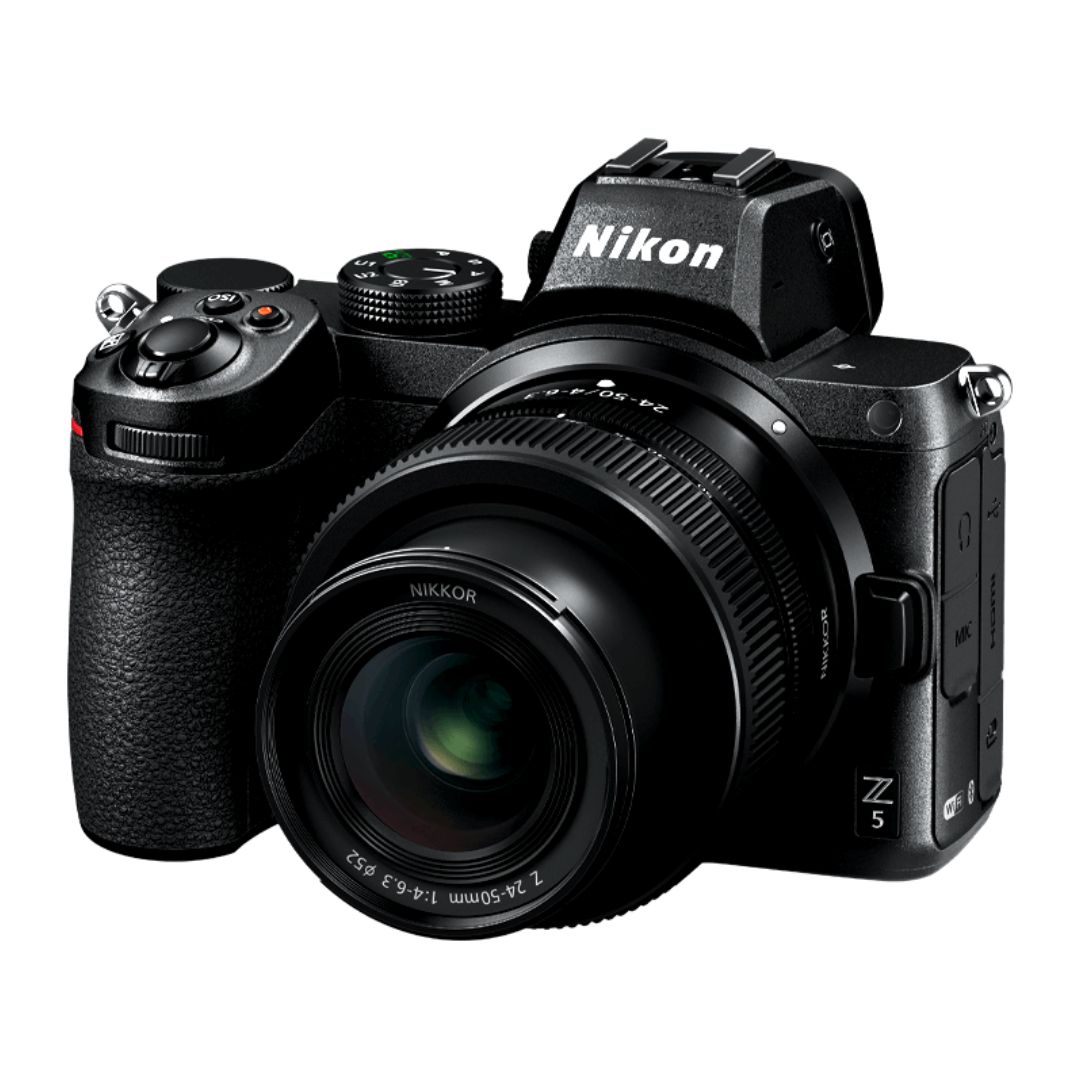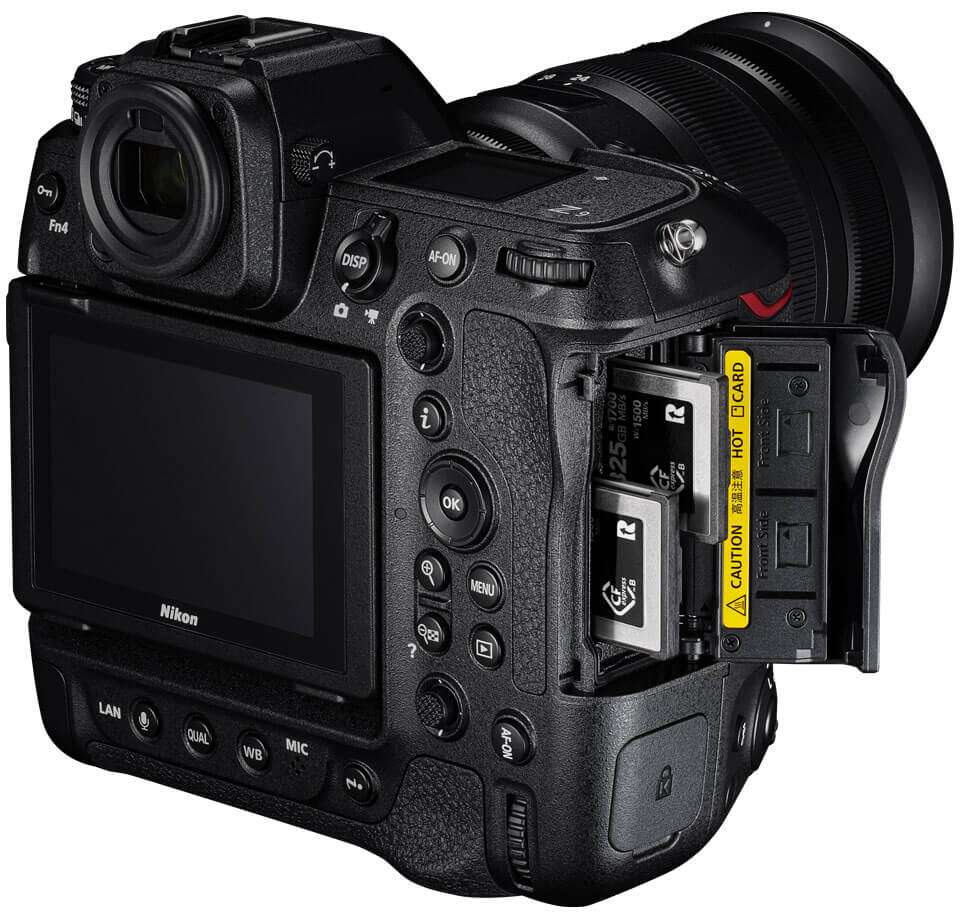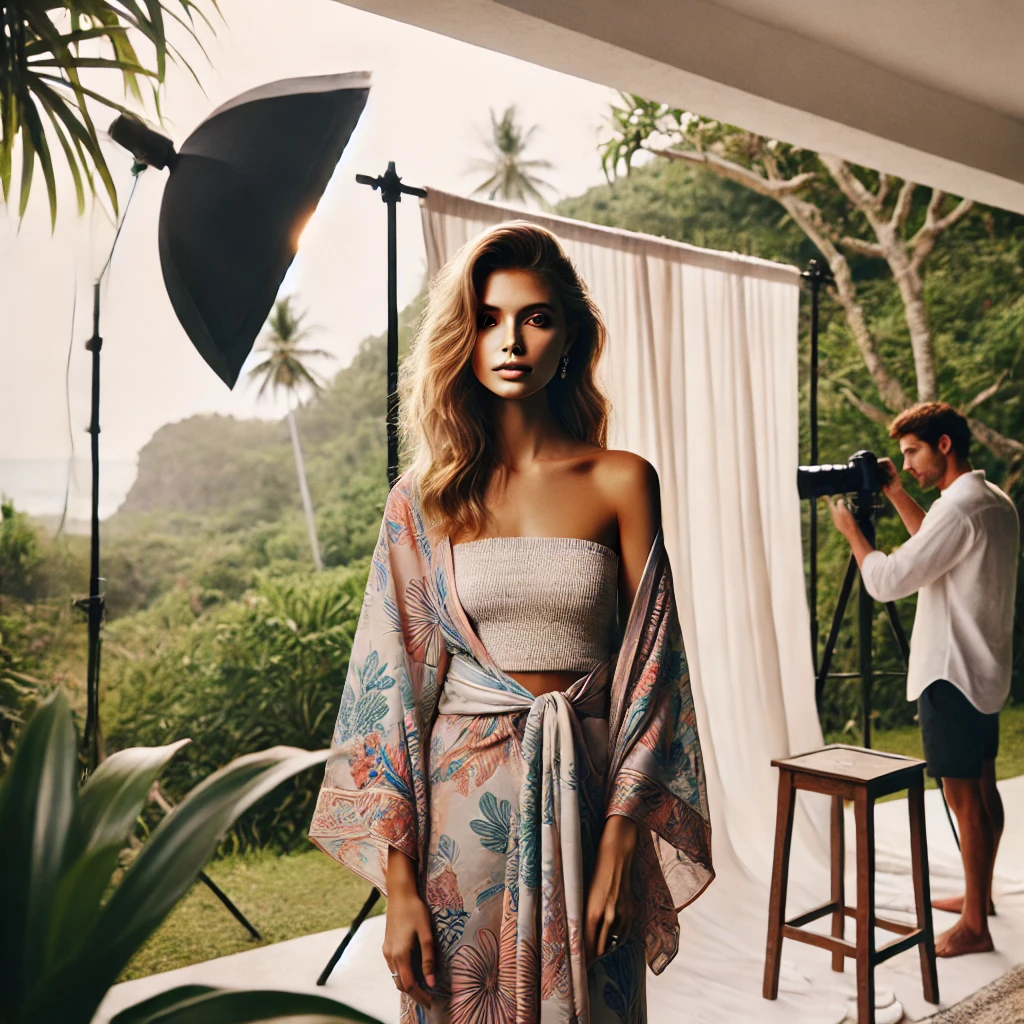Sarong fashion photography captures elegance, movement, and artistic styling, making it a staple in both editorial and commercial fashion photography. A well-executed photoshoot highlights the fluidity of the fabric, the natural environment, and the model’s expression. However, even the most stunning raw images benefit from expert post-processing techniques. With the right editing, a simple sarong fashion shoot can transform into a high-fashion masterpiece.
Editing plays a vital role in fine-tuning details, enhancing colors, refining textures, and elevating the overall aesthetic. Whether you’re a professional photographer, a social media influencer, or an editor, mastering these techniques can significantly improve your sarong fashion photography. This comprehensive guide explores the best editing techniques to achieve flawless, editorial-quality images.
1. Enhancing Colors for Vibrant & Fashion-Forward Edits
Color is one of the most crucial elements in sarong fashion photography because it defines the style and mood of the image. The right color grading techniques can make the fabric pop while maintaining a polished and professional finish.
A. Adjusting Hue, Saturation & Luminance (HSL)
- Boost the Colors of the Sarong: Increase saturation slightly to highlight its vibrancy without making it look artificial.
- Balance Skin Tones: Adjust the luminance of reds and oranges to keep skin looking smooth and natural.
- Enhance the Background: Modify the blues for a richer sky and greens for lush, tropical surroundings.
B. Creating a Cohesive Color Palette
Fashion photography thrives on color harmony. Use Lightroom or Photoshop to apply color presets or manually adjust tones to ensure the sarong, model’s skin, and background blend seamlessly.
Popular Color Grading Styles:
✔ Warm & Golden: Best for sunset beach shots.
✔ Cool & Ethereal: Ideal for a high-fashion editorial feel.
✔ Earthy & Natural: Complements boho-chic sarong styles.
✔ Bold & High-Contrast: Works well for striking, modern looks.
💡 Pro Tip: Use the “Split Toning” feature in Lightroom to add subtle highlights and shadows, giving depth to the image.
2. Perfecting Textures for a Polished Look
Sarongs are known for their flowing, lightweight fabrics, which require careful texture enhancement in editing.
A. Sharpening the Fabric Details
- Increase Clarity: Enhances fabric folds and intricate details.
- Use High-Pass Filter in Photoshop: Sharpens edges while maintaining smooth skin textures.
- Apply Texture & Dehaze Filters: Adds depth, especially in golden hour or backlit shots.
B. Smoothing the Flow of the Fabric
Motion can create unwanted wrinkles or distortion in the fabric. Use the Liquify Tool in Photoshop to subtly reshape the sarong while maintaining its natural movement.
💡 Pro Tip: Slightly reduce clarity in select areas while maintaining sharpness along the edges to achieve a soft yet defined look.
3. Skin Retouching for a Natural, Editorial Finish
A flawless yet natural skin texture is essential in fashion photography. Over-editing can make the subject look artificial, while under-editing might leave distractions.
A. Frequency Separation for Even Skin Texture
Use frequency separation to remove blemishes while keeping natural skin texture intact. This method smooths the skin without losing fine details.
B. Dodging & Burning for Contour Enhancement
This technique helps sculpt facial features and highlight body curves naturally. ✔ Dodge (Lighten): Apply to highlights on cheekbones, shoulders, and collarbones. ✔ Burn (Darken): Enhance natural shadows to add depth and shape.
💡 Pro Tip: Keep it subtle. High-fashion photography should enhance natural beauty rather than alter features dramatically.
4. Refining the Background for a Clean Composition
The background plays a major role in sarong photography, whether it’s a tropical beach, a poolside deck, or a minimal studio backdrop.
A. Removing Distractions
Use the Spot Healing Brush Tool in Photoshop to erase any unwanted elements, such as stray people, harsh shadows, or distractions in the frame.
B. Blurring & Depth Effects
- Use Gaussian Blur: If the background competes with the subject, add a subtle blur.
- Apply Depth Masks: Enhance separation between the subject and background for a more dynamic look.
💡 Pro Tip: Avoid over-blurring, as it can make the image look unrealistic. Instead, mimic natural lens bokeh effects.
5. Playing with Light & Shadows for a High-Fashion Look
Lighting in editing can drastically transform the mood of sarong photography.
A. Adjusting Highlights & Shadows
- Increase highlights to enhance sunlit areas.
- Deepen shadows to add dimension and drama.
- Maintain midtones for a well-balanced look.
B. Adding Artificial Light Effects
Want to create an editorial glow? Try: ✔ Soft Glow Effect: Adds a dreamy, ethereal look. ✔ Lens Flares & Light Leaks: Simulate natural sunlight reflections. ✔ Gradient Overlays: Enhance sky tones for more dynamic beach scenes.
💡 Pro Tip: When adding light effects, match the angle of natural light in the original image to keep edits realistic.
6. Final Touches: Cropping & Framing for Impact
Composition can be refined further in post-production through cropping and framing techniques.
A. Cropping for Fashion-Forward Impact
- Follow the rule of thirds to create a balanced image.
- Experiment with tight crops for a bold, modern feel.
- Keep enough negative space to emphasize movement and fabric flow.
B. Resizing for Social Media & Print
- For Instagram, use 4:5 or 1:1 aspect ratios for the best visual impact.
- For editorial layouts, ensure images are high-resolution and properly formatted.
💡 Pro Tip: If the image is meant for print, export it at 300 DPI to maintain quality.
Conclusion: Transforming Sarong Fashion Photography with Editing
Editing is the final, crucial step in sarong fashion photography, taking images from raw captures to high-fashion editorials. By mastering color grading, texture enhancement, skin retouching, background refinement, and lighting adjustments, you can create breathtaking, professional-quality photographs.
Whether you aim for a bold, vibrant look or a soft, dreamy aesthetic, these techniques will help you achieve a polished and compelling final image. Experiment, refine your style, and most importantly—let the elegance of the sarong shine through.

Sony Alpha a7 IV: The Ultimate Camera for Photography

Nikon Z5 Review: Is It Worth It?
-

Nikon Z9 : Game-Changer for Photography
-

Top Features of Nikon D850 That Make It Ideal for Portfolio Shoots
Sony Alpha a7 IV: The Ultimate Camera for Photography
Explore the Sony Alpha a7 IV in this complete 2025 review. Learn how its pro-level features, real-world performance, and hybrid flexibility make it the ultimate camera for photography across genres like portraits, weddings, travel, and commercial work. Table of Contents Section 1: Introduction – Why the Sony Alpha a7 IV Stands Out The Sony Alpha…
Nikon Z5 Review: Is It Worth It?
In 2025, photographers—whether hobbyists, content creators, or professionals—seek equipment that blends value, performance, and future-readiness. Enter the Nikon Z5, a full-frame mirrorless camera marketed as a gateway to high-end imaging without a flagship price tag. But how well does it hold up under real-world demands like studio shoots, weddings, landscape adventures, and lifestyle photography? In…
Nikon Z9 : Game-Changer for Photography
Discover why the Nikon Z9 is considered a true game-changer for photography. This in-depth Nikon Z9 review explores key features, real-world performance, and how it excels in professional photo shoots in 2025. Table of Contents 1. Introduction The photography world witnessed a significant shift with the launch of the Nikon Z9, a flagship mirrorless camera…
Top Features of Nikon D850 That Make It Ideal for Portfolio Shoots
Discover why the Nikon D850 is the ultimate DSLR for portfolio shoots. Explore its top features—from resolution and dynamic range to autofocus precision and workflow speed—that help photographers create stunning, high-impact images for professional portfolios. Whether you’re a portrait artist, fashion photographer, or visual storyteller, a portfolio shoot demands technical excellence, creative flexibility, and uncompromised…
Candid Moments with Canon EOS R10: Lightweight & Reliable
In the evolving world of mirrorless photography, the Canon EOS R10 stands out as a lightweight yet powerful camera tailored for real-life storytelling. Whether you’re photographing street scenes, family gatherings, weddings, or spontaneous portraits, capturing genuine emotion requires a responsive and discreet tool. This article dives deep into how the Canon EOS R10 excels in…
Bold Portraits with Canon EOS R5: Is It the Best for Work?
Studio photography has always demanded precision, artistry, and impeccable gear. As the expectations for commercial portraits, fashion campaigns, and editorial work continue to rise, the tools we use must evolve. Enter the Canon EOS R5, a camera that has stirred the professional waters with its impressive technical specs and forward-thinking design. In this comprehensive Canon…


